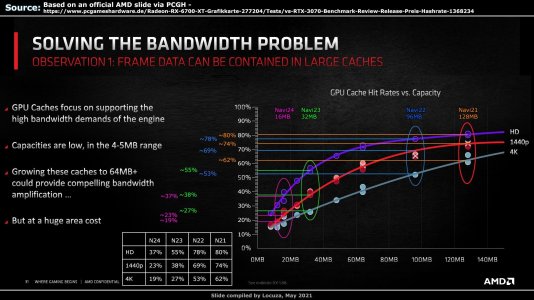Going waaaay off topic here, but hydrogen bombs are fission/fusion hybrid thermonuclear weapons.Sun is fusion not fission.
The initial fission reaction acts like a primer to attain the temp/pressure conditions necessary to achieve fusion ignition on the deuterium/tritium fuel.
They are called hydrogen bombs, but in reality they all use the deuterium and tritium isotopes of hydrogen with 1 and 2 neutrons respectively.
Regular zero neutron hydrogen has a greater fusion energy yield than either deuterium, tritium or combinations thereof, but making regular hydrogen fuse takes serious oomph.




